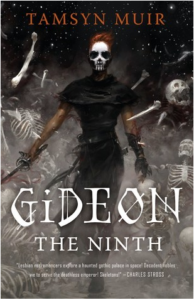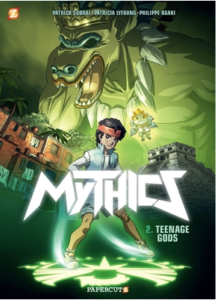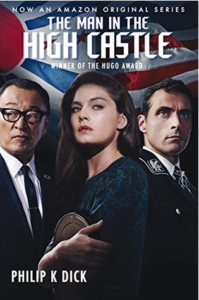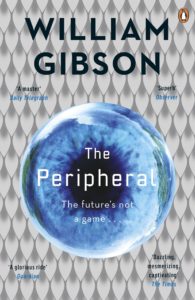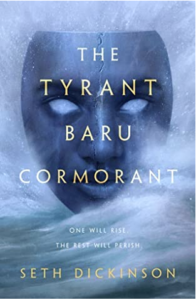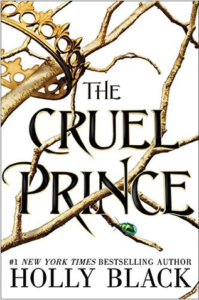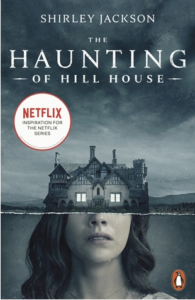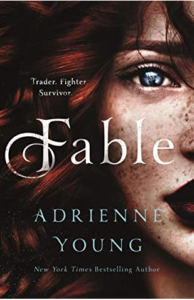My husband got me this book several years ago as I’m a huge Bad Machinery fan, but for some reason or other, I put off reading this until I felt it was the “right time.” So it’s been languishing on my dining room table for years, unready to join its kin — the first four volumes — that I hide in a special place to save from my kids’ grubby and destructive fingers, until I decided on Christmas morning, while my kids were occupying themselves with presents, that it was finally the moment!
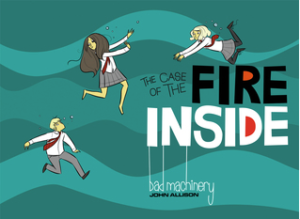 Ofc, the first thing I did upon slipping back into that wonderful fictional world was chastise myself for waiting so long, but if I did that for every book I own that I put off reading, I’d be recriminating myself foreeeeever. And don’t think I wasn’t sufficiently punished when I went online afterward to track down the next volumes, and found myself faced with a multiplicity of editions and availabilities. Wound up buying used copies from online thrift stores because I’d waited so long to get the particular editions I wanted… and I’ve just discovered I could’ve gotten the exact copies I had in mind directly from the author’s website, oh good grief.
Ofc, the first thing I did upon slipping back into that wonderful fictional world was chastise myself for waiting so long, but if I did that for every book I own that I put off reading, I’d be recriminating myself foreeeeever. And don’t think I wasn’t sufficiently punished when I went online afterward to track down the next volumes, and found myself faced with a multiplicity of editions and availabilities. Wound up buying used copies from online thrift stores because I’d waited so long to get the particular editions I wanted… and I’ve just discovered I could’ve gotten the exact copies I had in mind directly from the author’s website, oh good grief.
But this should give you some idea of the charm and hold that this series, revolving around six teenagers solving weird crimes in the town of Tackleford, England, has on the reader. Both funny and poignant, John Allison is doing some of the best work of his career with this series, and especially with this fifth installment, The Case Of The Fire Inside. Our heroes are growing up and setting aside things like their mystery-solving clubs in favor of romance and swotting up for college (well, most of them anyway: Charlotte is incorrigible as always.) Shauna and Jack have broken up, so now Jack and Linton, his best friend, spend all their time thinking about meeting girls. This doesn’t sit well with the last member of their trio, Sonny, who isn’t ready for a girlfriend and wishes they could go back to just playing with toys and having adventures. While moping at the swim party organized for his 14th birthday, he thinks he sees a girl swimming outside off the beach. He runs to see if she needs help, more or less followed by Charlotte, who is busy getting herself kicked out of the pool establishment. The mysterious girl disappears, but not before Sonny finds some weird hide lying on the seashore. Charlotte stuffs the hide into Sonny’s bag because… well, because she’s Charlotte and in her tortured logic it’s the sensible thing to do.

